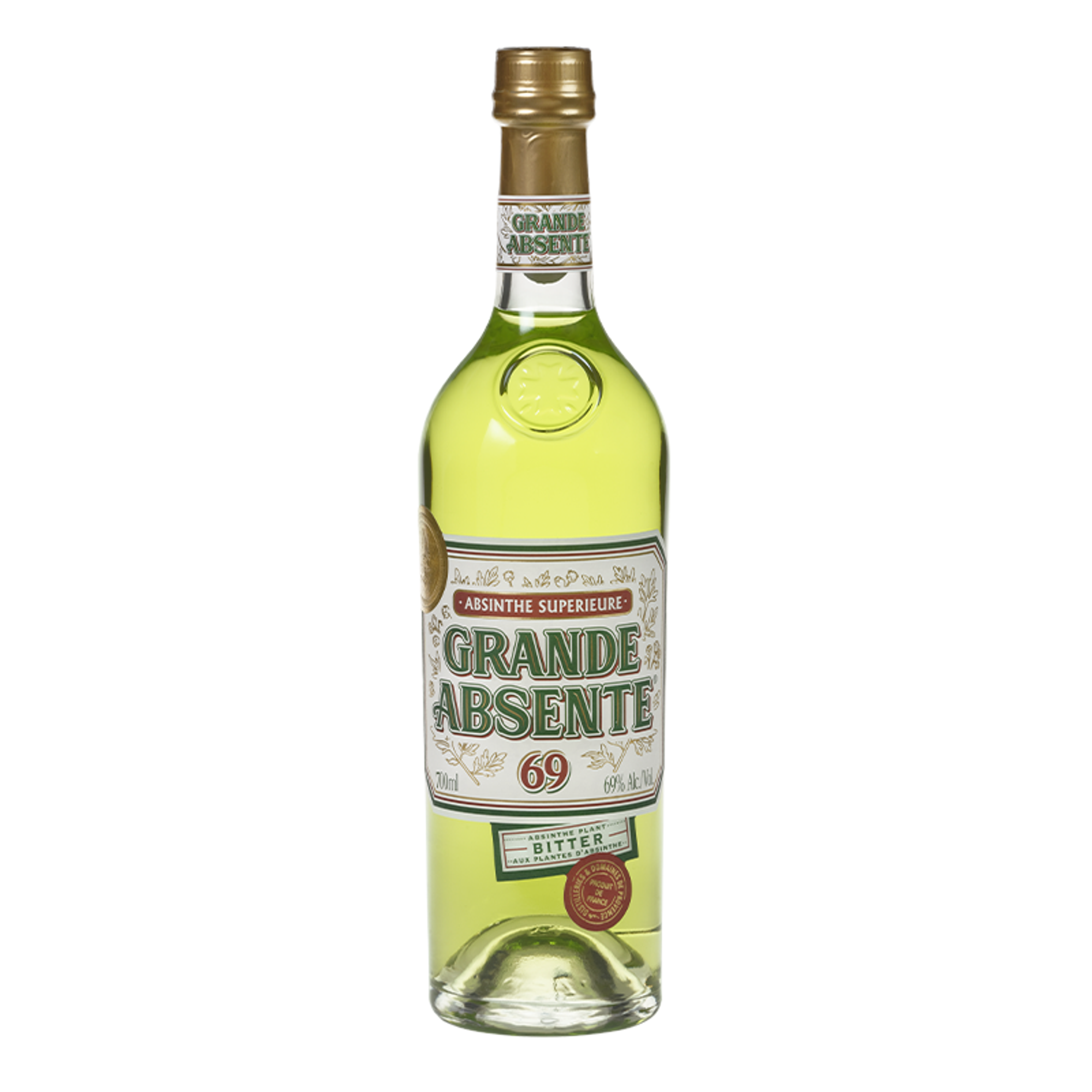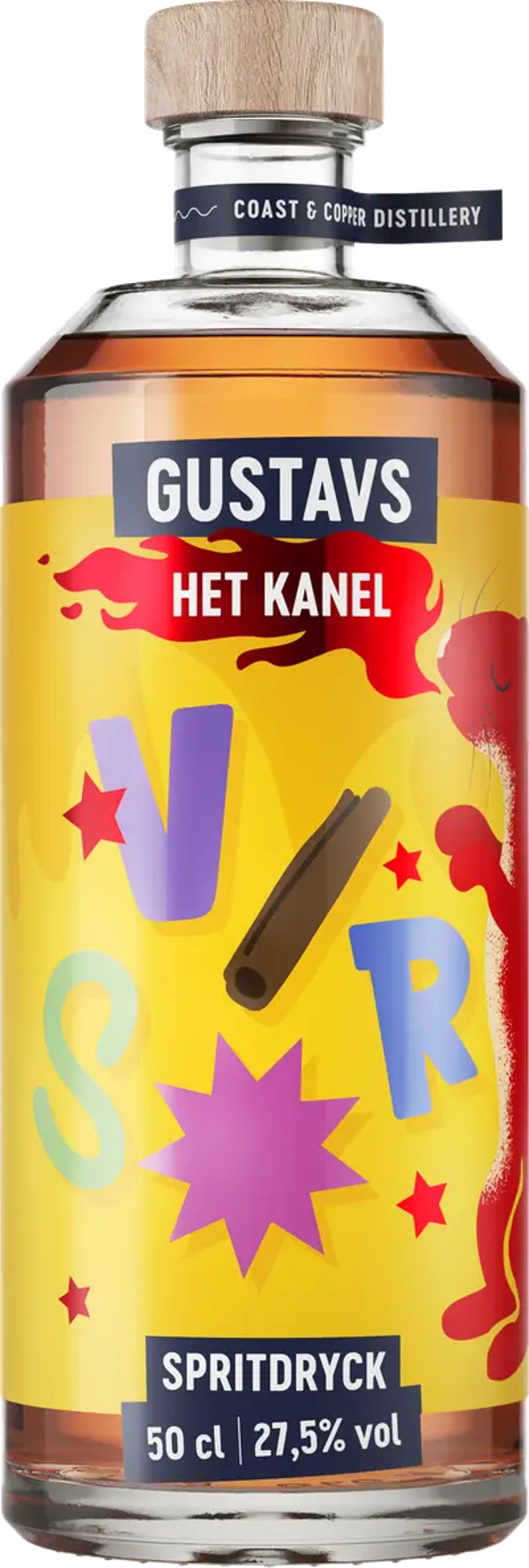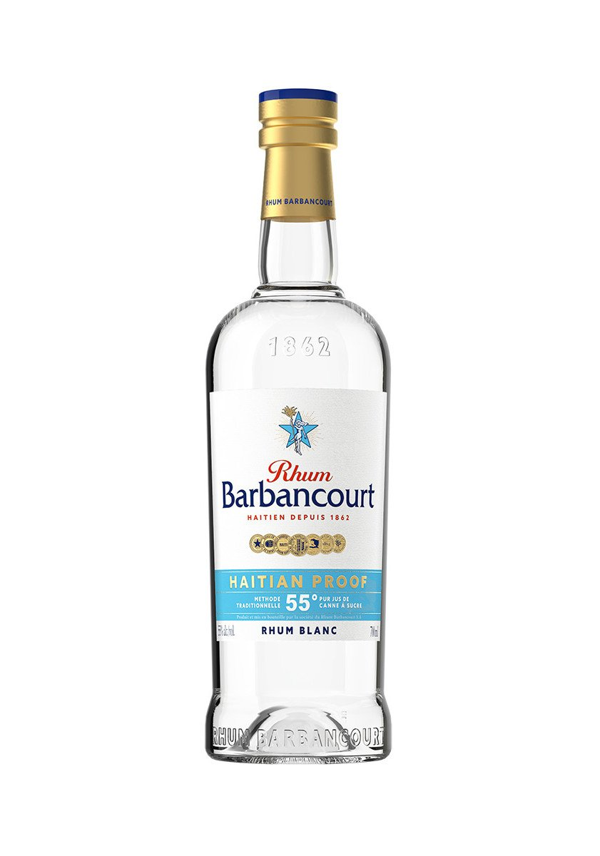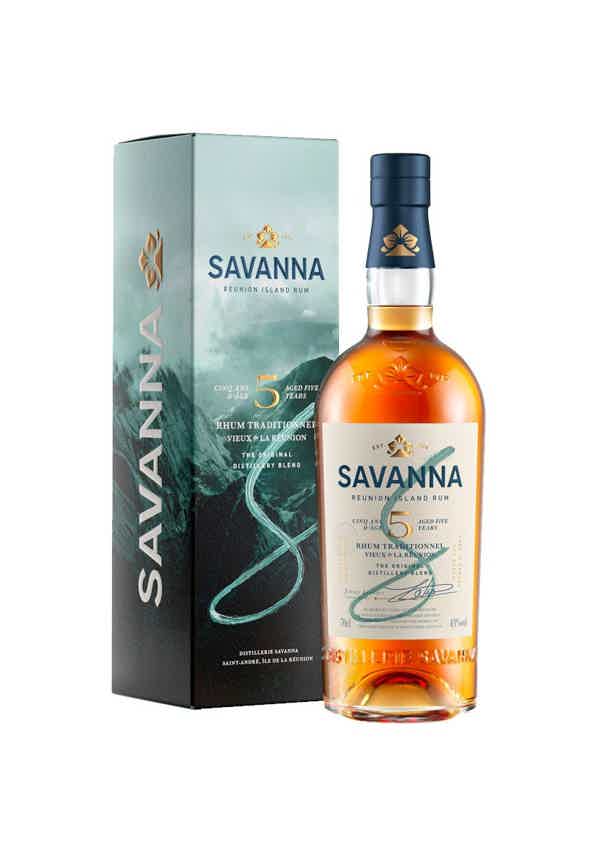
Grand Absenthe 69
Alcohol: 69.0%
54,90 EUR
- 0,7 L (78,43 EUR/L)
- Incl. 20% VAT
Grand Absenthe 69
A truly authentic absinthe. Grande Absente is a bitter liqueur which contains more plants of absinthe and less sugar.
Grande Absinthe (Artémisia Absinthium) had been used since ancient times to treat illnesses. When anise was added, the resulting elixir was a guaranteed success. At the time the concoctions were prescribed to the sick and secret of the elixir was very quickly bought over. This was how Absinthe came to be distilled for the first time,
and it very quickly became established. In 1830, Absinthe was taken by the soldiers in their quest to conquer overseas territories. They used it to purify the water but also to cure their homesickness. On their return they continued to drink Absinthe. The bourgeoisie, in awe of its soldiers, tried the drink and enjoyed it while artists, always on the look out for new pleasures, discovered it too.
Drinkers suddenly had a drink with powerful plant aromas to which they could add ice-cold water. But the water wasn't added any old how. To "surprise" the Absinthe, you had to let the water fall, drop by drop, onto a sugar cube placed on a perforated metal spoon. Once the sugar had dissolved, the water could finally be added in a steadier stream to "battre l’Absinthe" until fully mixed, a genuine alchemy between the water and the plant essences.
The artists lived and breathed Absinthe. This modern young lady who provoked them, enchanted them. She swept the drinkers into the most nonsensical dreams in which they had a magnificent talent and found the exact words to describe their little green-eyed muse.
From 1860, Absinthe reached the working classes and became so much in vogue that it reached the status of "national drink." However it was soon to become the symbol of alcoholism.
Becoming the scapegoat of all the ills caused by this epidemic, which reached a peak in the late 19th century, the little green fairy became the "green peril."
The newly-created anti-alcohol leagues, and the wine lobbies, shocked at absinthe's success, put pressure on the government for it to be banned.
It was not however until World War I that the government, concerned not to upset any more people than it already had, finally adopted some restrictive measures. Judged insufficient, they were supplemented by a new draft bill, passed in March 1915, prohibiting the production and sale of Absinthe.
Legislation:
Regulation EC No. 1334/2008 of 16 December 2008, which came into force on 20 January 2011: the maximum authorized content of thujone (alpha and beta) in alcoholic drinks produced from species of Artemisia is 35mg/kg.
On 17 May 2011, the 1915 Act on the ban on the production, wholesale and retail and circulation of absinthe and similar liqueurs, was repealed.




